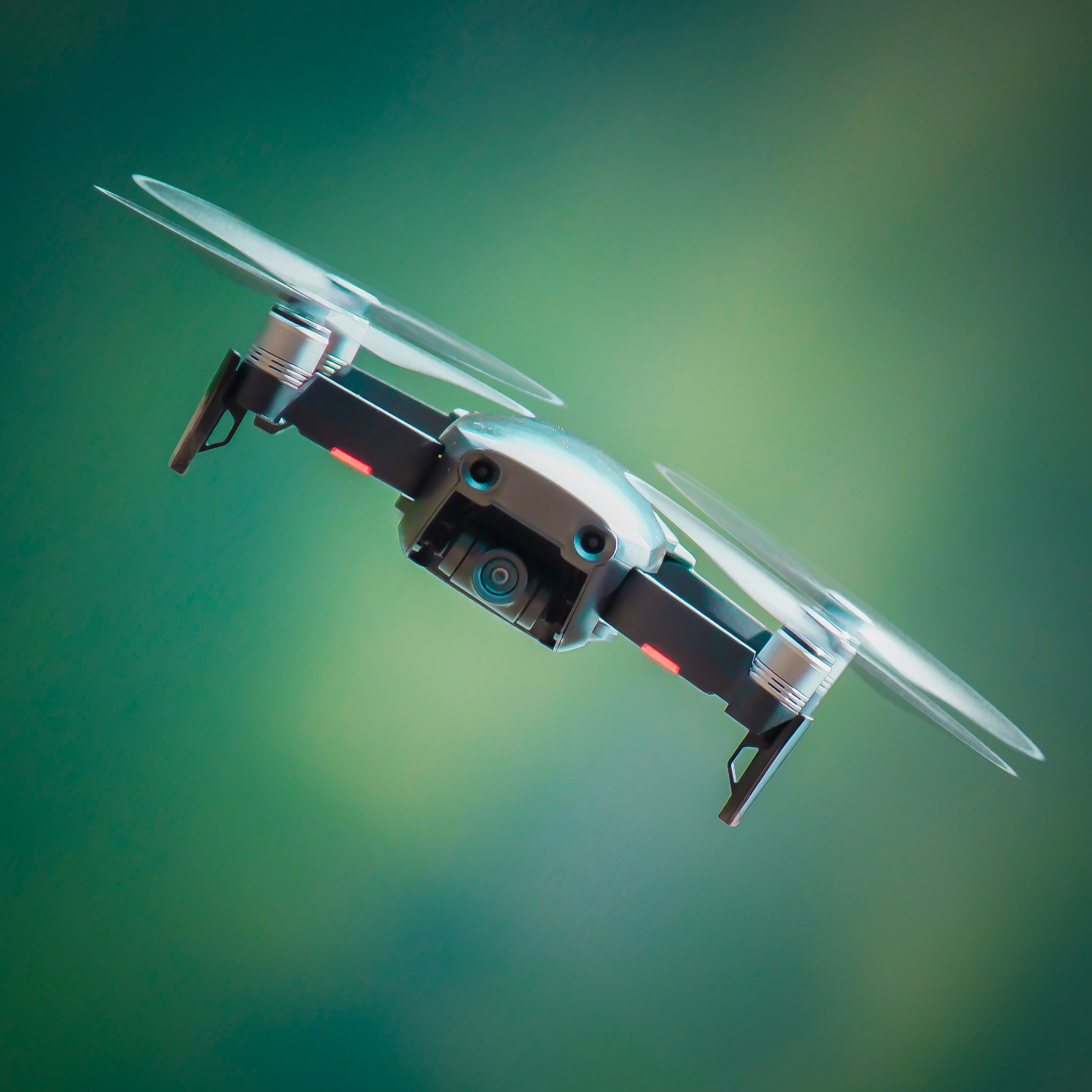Food Retailers Need to Give Consumers What They Truly Crave: Much Faster Deliveries
3 Min Read By Yariv Bash
Domino’s new GPS delivery tracking tool enabling its customers to track their delivery status in real time marks one of the restaurant industry’s latest forays into high-profile technologies. The basic idea behind such features is straightforward: Give customers up-to-the-minute visibility into the status of their orders, and they’ll be more satisfied and loyal to the brand.
But for food retailers to truly boost brand loyalty, tracking is not enough. They need to get to the meat of the matter and offer customers what they crave most – near immediate deliveries. With millennials driving a food-delivery boom– what Uber says is a whopping $795 billion opportunity– those who provide super-efficient, swift deliveries will claim the largest slice of the expanding food-delivery pie.
Recent market developments point to a growing awareness of the needs of the on-demand era. Softbank invested $1 billion in robo-delivery startup Nuro in February, the same month that the food delivery service DoorDash raised $400 million. That funding round brought the six-year-old company’s valuation to $7.1 billion – nearly equal to Grubhub’s market cap.
Still, headline-grabbing product rollouts and valuations won’t be the true game-changers the industry needs to meet customer expectations for rapid service. Fundamentally, companies like Postmates, UberEats, and DoorDash don’t offer sophisticated technologies; they ultimately rely on manual deliveries, which, while a sufficient stop gap, cannot offer the same level of efficiency in cost and time compared to an autonomous airborne solution: drone deliveries.

Drones are the only solution that can facilitate real on-demand service affordably, slashing delivery times and the costs associated with last-mile deliveries. The customer-service incentive is clear: According to a McKinsey survey in 16 countries around the globe, 60 percent of customers said that delivery time is a critical factor in winning their business.
But drone deliveries won’t just enable restaurants and other food retailers to substantially boost customer satisfaction. They can also help win new business. Research indicates that 44 percent of customers would be likelier to order food delivery if the food could be delivered at faster speeds – ideally within about 10 minutes. And who can blame them? No one wants cold, soggy fries.
If drone deliveries sound pie in the sky, they’re actually closer to reality than they may appear. In 2017, the U.S. Department of Transportation launched the Unmanned Aircraft System (UAS)Integration Pilot Program for jump-starting drone innovation and integrating drones into commercial operations. Such initiatives will be crucial to ensuring a smooth rollout for commercial-use drones and addressing key questions surrounding safety, air rights, and privacy. Perhaps most significant, these programs signal that government bodies are eager to act as partners in the commercial drone industry’s development – not as obstacles to further innovation.
This makes it all the more essential for food retailers to prepare for a future in which customers can have their sushi, pizza, or poke delivered to their doorsteps within mere minutes of ordering the food. Cutting costs for both retailers and consumers, food delivery drones will likely incentivize more frequent orders, providing a boost to restaurants’ and food retailers’ revenues. The drones will prove a major game-changer particularly in the suburbs – where demand for faster deliveries is rising, but where population density and the sheer number of food options are lower than in packed urban areas. So, while drones hovering over a 10th-floor apartment window to deliver sushi may not happen tomorrow, suburban residents should expect backyard deliveries any day now. These regions are where the demand for ease and expediency is most palpable, and the benefits of drone deliveries most evident.
In the final analysis, customers care less about the GPS-enabled visuals that a restaurant can offer and more about whether they can receive their food fresh, on time, and at a reasonable price. Drone deliveries will allow precisely that.


